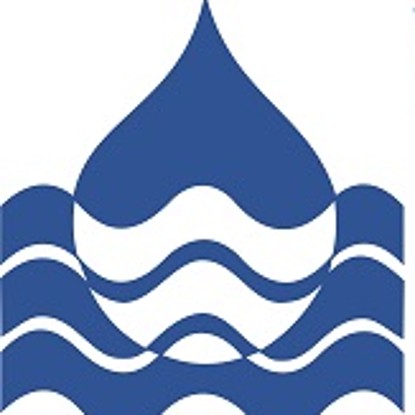Short description
Restoring upstream and downstream river continuity for aquatic fauna is an important factor in improving the ecological status of these ecosystems. As a result of the amendment to the Water Resources Act, appropriate measures must therefore be taken at hydropower plants to protect fish populations. According to the current state of knowledge and technology, this means in concrete terms that fish must be provided with both a detectable passageway for upstream and downstream migration and protection to prevent them from being harmed at intake screens or turbines.
In view of the limited experience and knowledge to date on effective fish protection and fish migration facilities, the few available publications dealing with aspects of the design, dimensioning, impingement and operation of migration corridors contain only vague recommendations. Against this background, the aim of the research work was to investigate the behavior of migrating fish at hydropower plants by means of ethohydraulic studies in a transdisciplinary collaboration between biologists and hydraulic engineers. The focus was on the approach of fish to migration obstacles of different types as well as the detectability and acceptance of migration corridors depending on different hydraulic and geometric conditions. In addition to improving the understanding of the needs of migrating fish, practically implementable rules and planning-safe limits for the construction of findable and safely passable downstream migration corridors were developed. The research project was coordinated by the Federal Agency for Nature Conservation and worked on by the Technical University of Darmstadt in cooperation with the Institute for Applied Ecology GmbH.
Project editing
- Prof. Dr.-Ing. habil. Boris Lehmann
- Veronika Hecht, M.Sc.
- Katharina Bensing, M.Sc.







